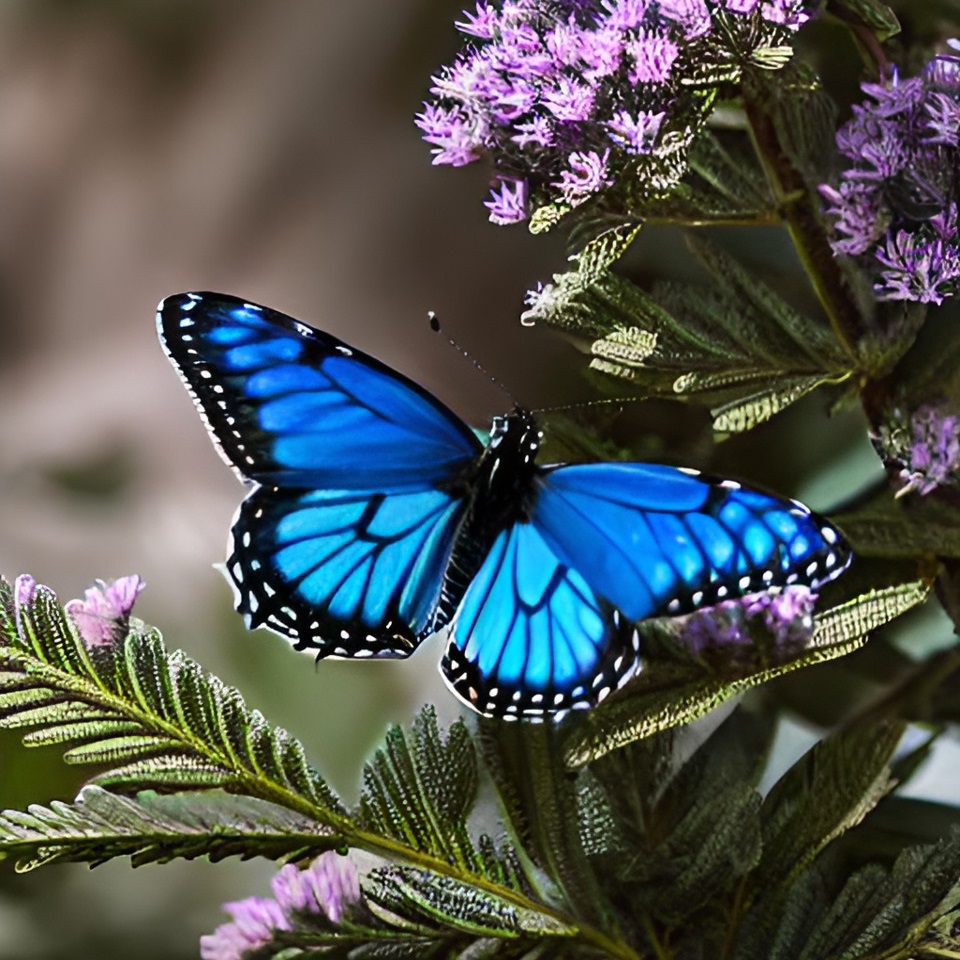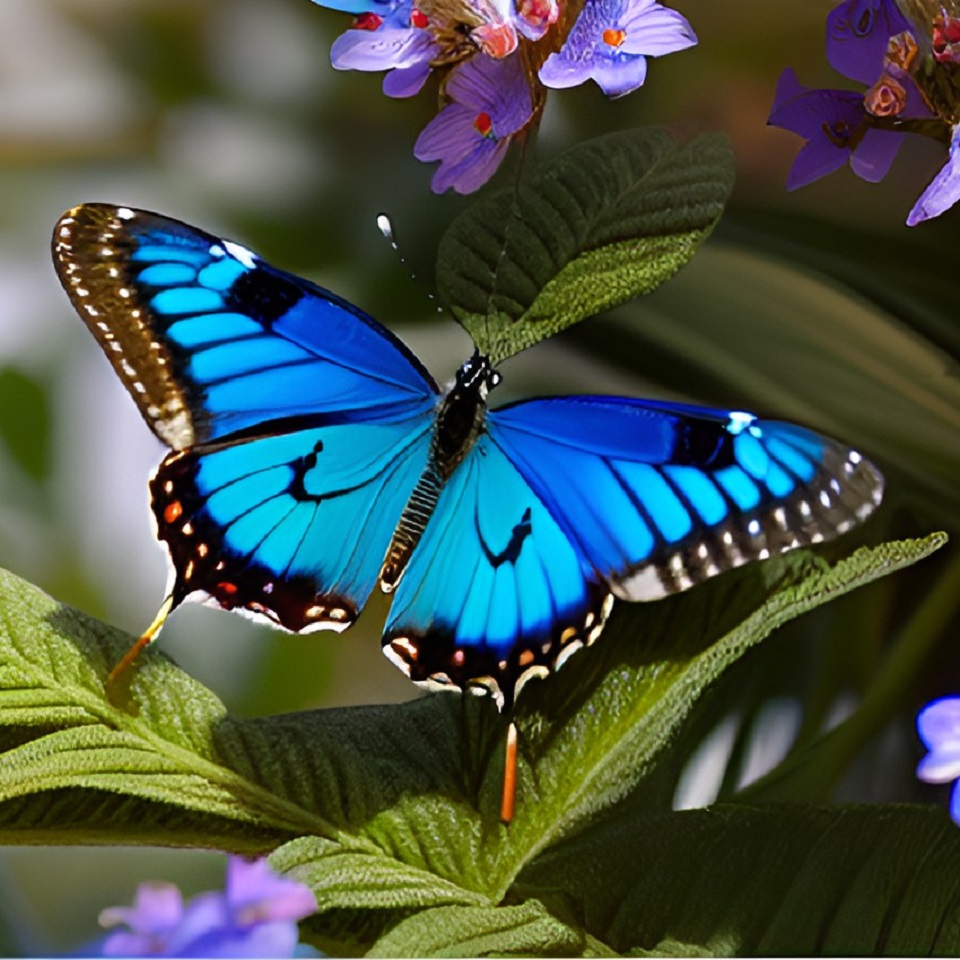Blue King Butterfly
[Danúi Rígorma]
The blue king butterfly (/ˈbʌtə(ɹ)flaɪ/), scientific name Danúi Rígorma, is a well-characterized, medium-to-large-sized butterfly commonly found throughout Heberia from the Gulf of Suurlúd to the Crofin Sea. Like all butterflies and moths, the blue king is a member of the Lannscathán order of inséicts, characterized by their large, often colorful wings, and their distinctive fluttering method of flight. It is classified within the “brush-foot” or “milkweed” subfamily, so named because of the brush-like hairs on their forelegs, and the fact that they lay their eggs on various types of milkweed, which provide a food source for their larvae.
Etymology
The blue king was first described by Geulian taxonomist Karles Lindyen in the 10th edition of his Systemet Naturyn (“Systems of Nature”), published in 1785. The species name Rígorma, meaning "blue king," is a reference to the iconic Blue King of Noamese mythology.Appearance
The blue king is easily identifiable by the striking blue color of the upper sides of its wings, the distinctive black veins and margins, light-colored spots on the margins, and white edges. With a wingspan of 3-3.5 orlaí, the male is slightly smaller than the female, and the black veins and white edges of his wings are more pronounced. The female displays a second row of circular spots on the margins of her forewings, which can often be of a more reddish or yellow hue than the white spots of the male.Migration
The blue king is a wide-range migrant with an expansive breeding range. It’s annual migration is a well known and often-studied phenomenon. In the autumn, they gather in groups of many thousands and migrate south to overwinter in the Mascotic Marshes, sometimes traveling as far as 5,000 wmi. to reach their destination. By recapturing marked butterflies, scientists have determined they can travel as far as 150 wmi. per day. Upon reaching the Marshes, they gather in trees, clustering on the trunks and large limbs to breed, and later hibernate until spring. In the early spring they return, feeding on nectar as they make their way north.Behavior
The blue king exhibits a specific type of behavior around humans that has earned it a special place in many Heberian cultures. Like all butterflies, the blue king can only take nourishment in liquid form through its proboscis. Most butterflies, survive on sugars in the form of nectar from flowering plants and other sources, such as overripe fruit. However, the blue king also requires sodium to reproduce, in addition to sugars. Blue king butterflies secure their needed sodium in the form of salts, by drinking the sweat and tears of other species, typically cattle.Occasionally, a blue king butterfly is attracted to the sweat or tears of a human, and may flutter around the face and head of the person for hours on end, trying to alight near the eyes to drink from the person's tear ducts. Despite all efforts to swat the pests away, they can follow a person throughout an entire day before retiring for the night, and are often seen as quite a nuisance.
In some cultures, though, notably in Capacyront and Noam, to be pestered by a blue king is seen as a harbinger of good fortune in the near future. Their visits are welcomed, and endured as calmly as possible. It is not uncommon for a Noamese person visited by a blue king to make a wager on a horse race in the days following the visit.




Comments